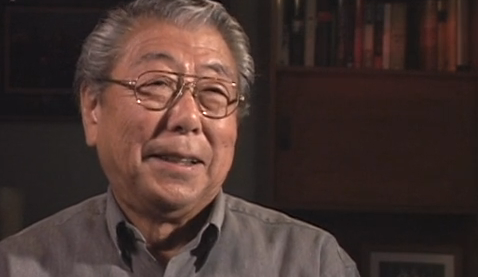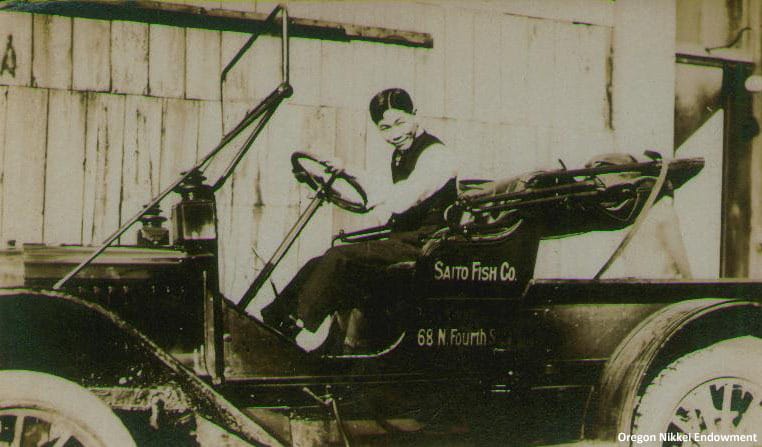
Henry Sakamoto
For video interviews and more go to Densho Digital Archive. Use free guest login.
The Densho Digital Archive holds a wealth of visual history interviews and other materials that broadly document the Japanese American experience. These unique primary sources cover a span of history from immigration in the early 1900s through redress in the 1980s with a particular focus on the World War II mass incarceration.
Students explore their world with an expectation of choice and control that redefines traditional notions of learning and literacy. Increasingly educators are discovering that they can motivate students with a project (or problem) based approach that engages their students with the opportunity to think like professionals while solving real-world problems.
Here’s 6 reasons why PBL works:
- Traditional instruction is based on “teaching as telling.” PBL creates learning more immersive experiences.
- A new information “culture” demands a new literacy. PBL can build those skills
- We need to increase the rigor in the classroom. PBL moves students to higher levels of Blooms.
- PBL makes learning relevant – student take responsibility for their progress.
- Usually the audience for thinking is the teacher – PBL shifts the focus to real world application.
- PBL can gain added impact by inspiring and empowering student as change agents in their community.
Instead of simply talking about PBL, our class will be undertaking a PBL project that embodies all the elements above. We will be serving as curriculum consultants to the Portland’s Nikkei Legacy Center. The center is dedicated to “Sharing and preserving Japanese American history and culture in Portland’s Old Town neighborhood, where Japantown once thrived.”
Our task to is to use our instructional design skills to assist the Center in creating curriculum material. At this point we are considering three possible projects:
- Self-guided instructional activities for middle school museum visitors.
- A teacher’s curriculum / activity guide to accompany a historic document filled suitcase that goes out on loan to the classroom.
- Selecting historic materials for inclusion in an iPhone App tour of Portland’s historic Japantown neighborhood.
A PBL experience always needs a good kick-off entry event to get students engaged in the task. We will begin our project with a classroom visit by Henry Sakamoto, who grew up in Japantown and was attending high school at the time of the Pearl Harbor attack. Henry and his family were subjected to FBI search, transfer to the Portland Assembly Center and eventually interred at Mindoka Concentration Camp in Idaho.
Henry will be introduced by Kim Blair, education manager of the Nikkei Legacy Center. Next week’s class will be held at the Center where we will be able to tour the museum and work with Kim and Todd Mayberry, Director of Collections.
Update: Unfortunately Mr Sakamoto could not make it to our class. We discussed our project work with Kim Blair, education manager of the Nikkei Legacy Center.
Then we did a bit of “speed dating” of our ideas for the DBQ Assignment. Students formed two lines and had 2 minutes to pitch their DBQ design idea to each other and share some feedback. Then one line shifted and we repeated the pitch exchange. In all students pitched their idea three times.



